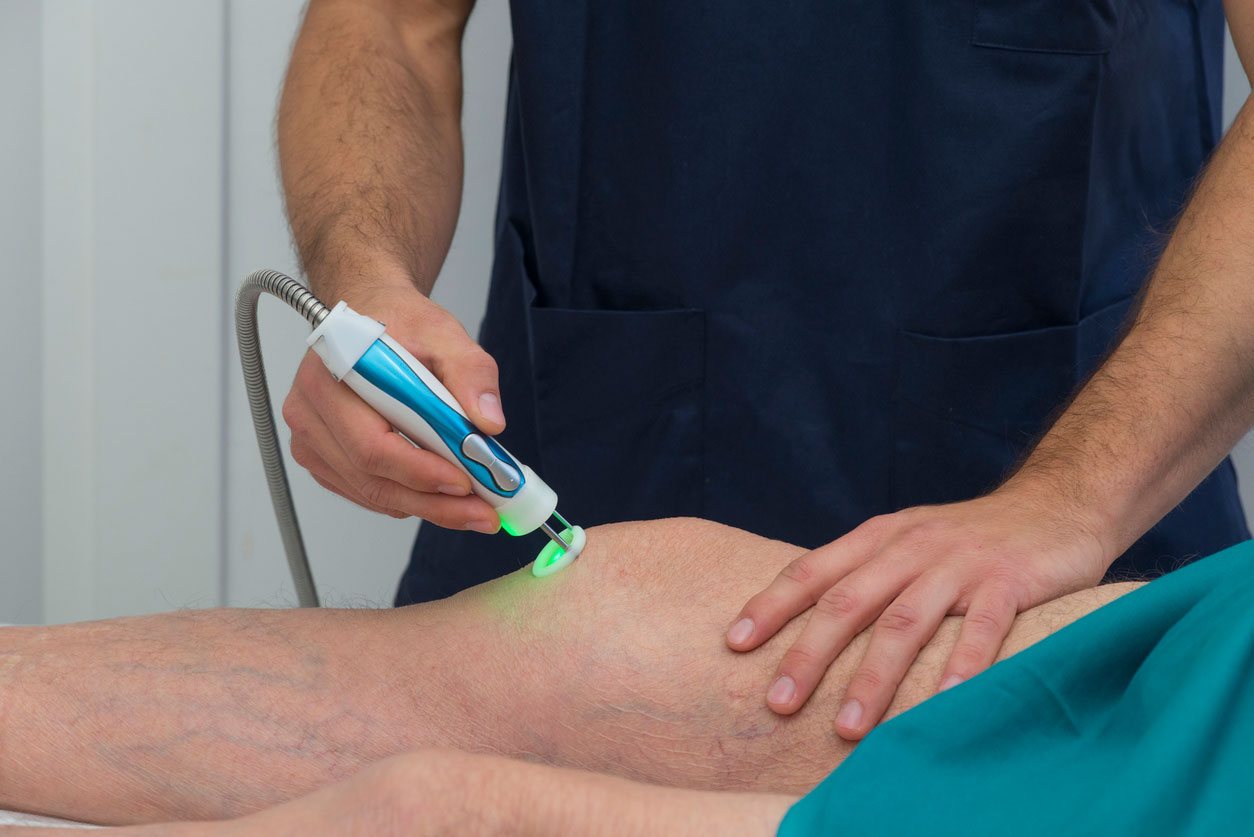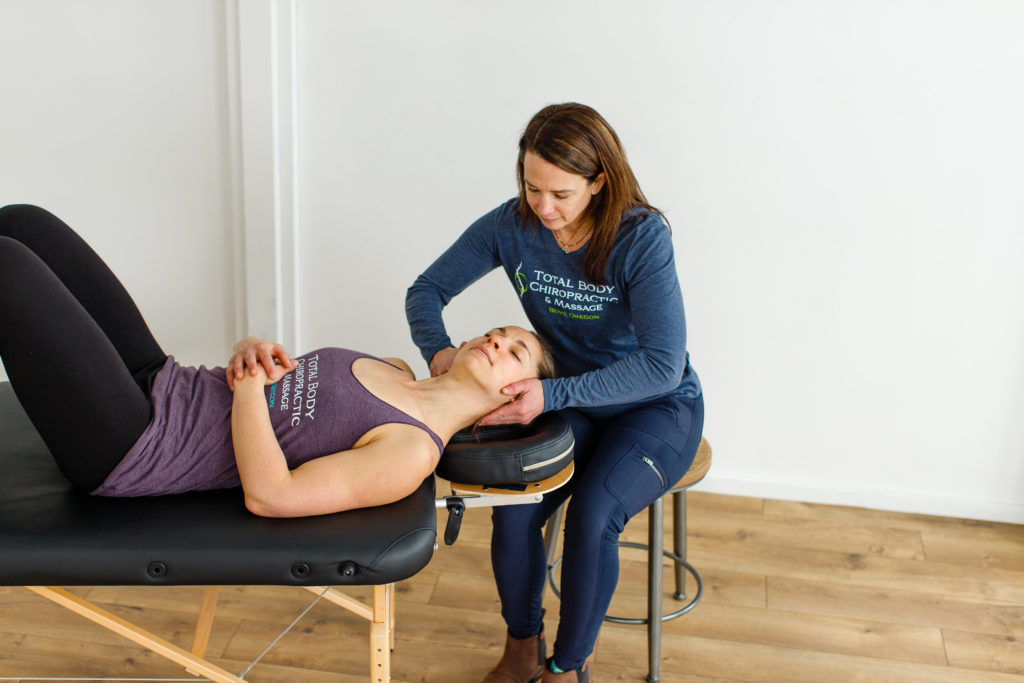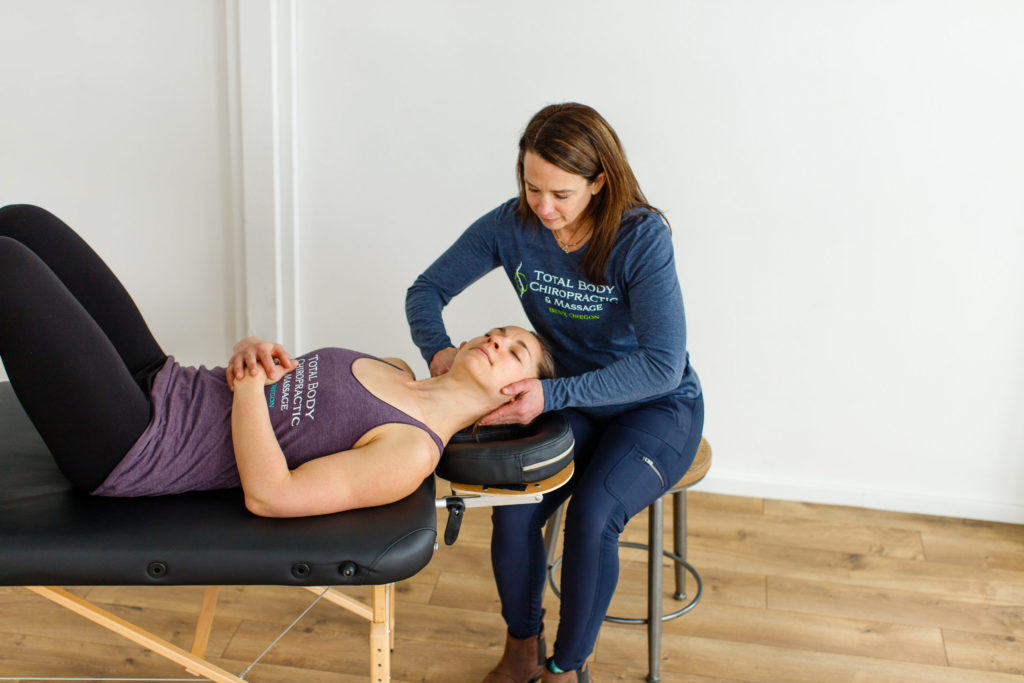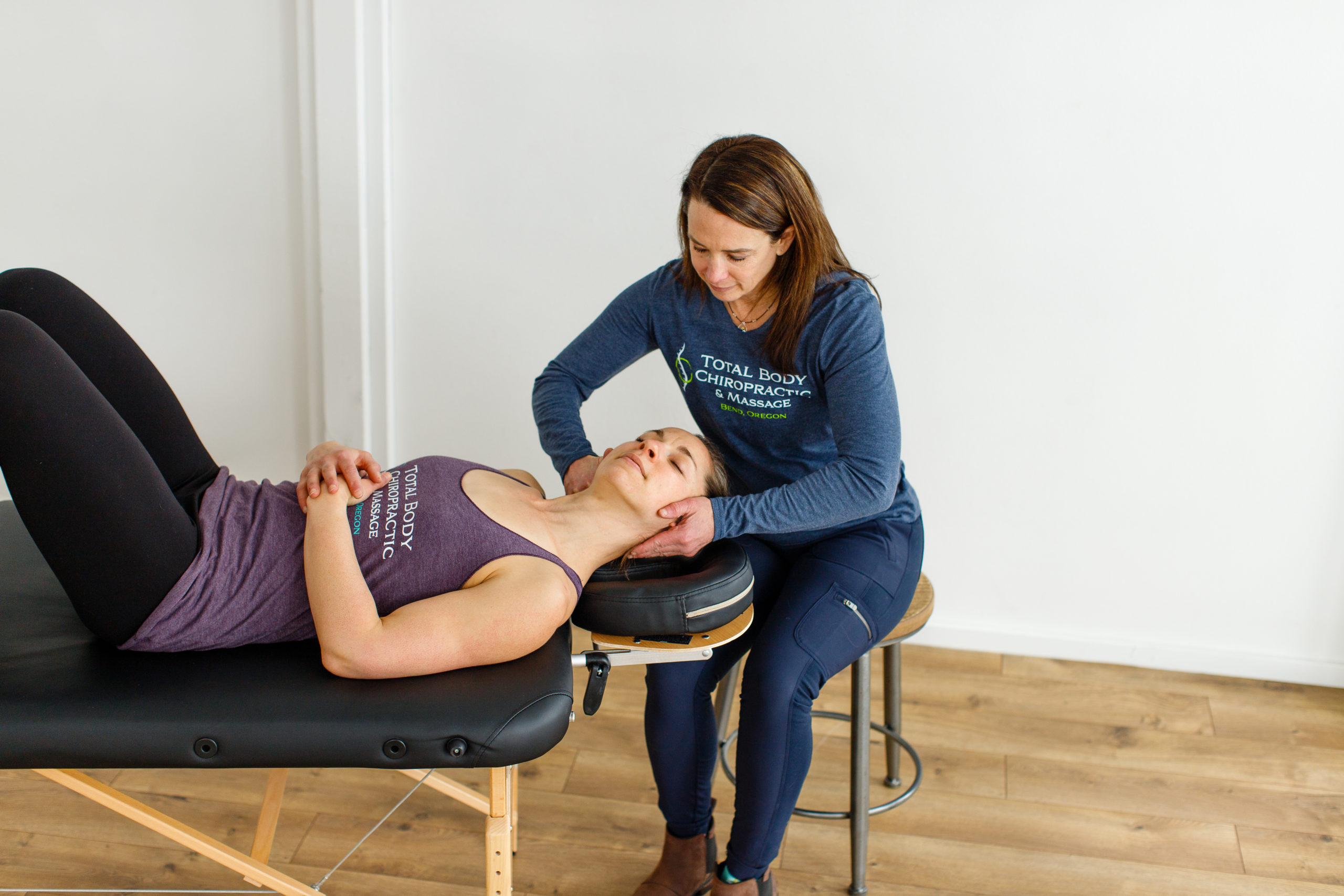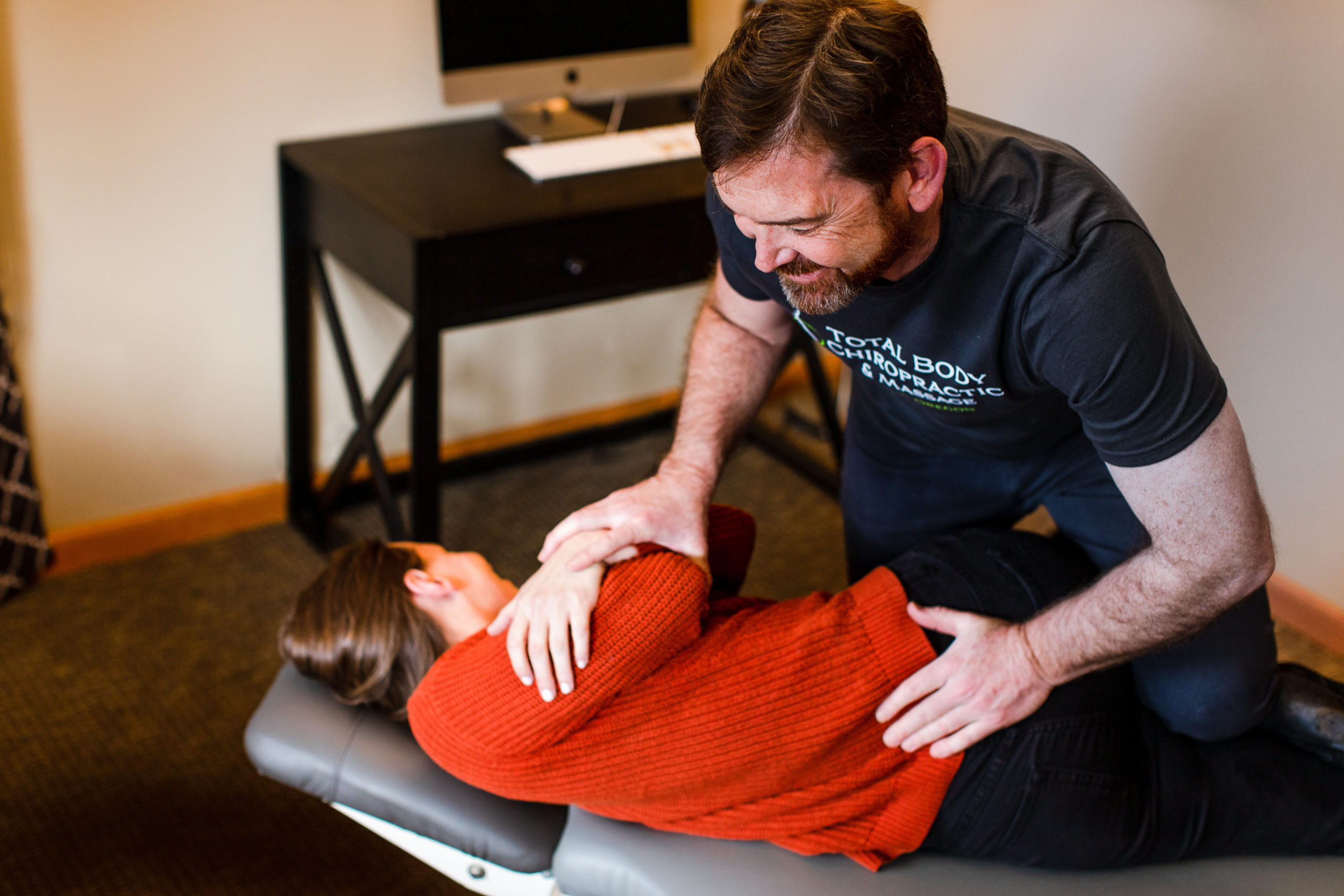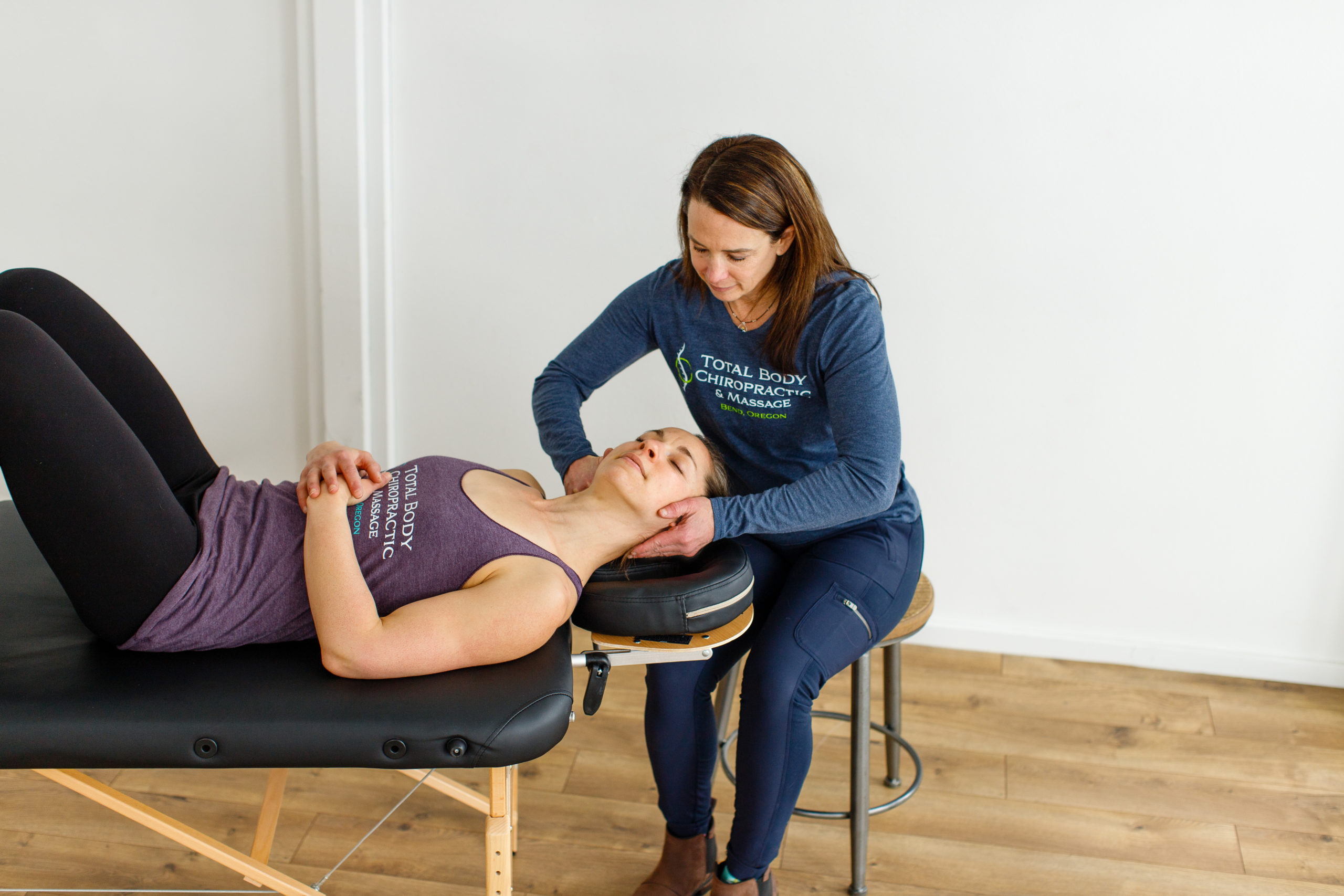Unlock Peak Performance with Advanced Laser Treatment for Sports Injuries
Picture this: you’re gearing up for a perfect day—maybe a trail run along the Deschutes River or a mountain bike ride down Tyler’s Traverse. You feel strong, focused, and ready. But then, in a single instant—a wrong step, an awkward twist, a sudden strain—everything changes. What started as an active adventure ends with lingering pain. Whether you’re a skier, cyclist, runner, or that weekend warrior who lives for mountain-town life, sports injuries can feel like an unavoidable part of the journey. But that doesn’t mean you’re destined for the sidelines.
At Total Body Chiropractic, we believe your recovery plan should be as fluid and mobile as your achievements. Our Bend chiropractors focus on providing the necessary care to get you back on your feet through cutting-edge, non-invasive treatments. One of these innovative treatments is laser therapy, which we now perform in our Bend clinic with the Medray Quad Class IV Laser.
What is Class IV Laser Therapy?
Class IV Laser Therapy is an advanced, non-invasive treatment used to promote healing, reduce inflammation, and relieve pain in both acute and chronic conditions. Unlike lower-level lasers, Class IV lasers deliver higher energy levels, allowing light to penetrate deeper into tissues such as muscles, tendons, and ligaments. This deep tissue stimulation boosts cellular activity, enhances circulation, and accelerates the body’s natural repair processes.
Our Bend chiropractors now offer laser therapy to treat injuries like sprains, strains, tendonitis, and joint pain. Patients often experience reduced discomfort, pain relief and improved mobility after just a few sessions, with minimal risk of side effects. Because of its effectiveness and safety, Class IV Laser Therapy is increasingly popular among Central Oregon athletes and active individuals seeking faster recovery without relying on medication or surgery. Overall, it offers a powerful, drug-free option for managing pain and supporting the body’s natural healing ability.
How does Laser Therapy Work on Sports Injuries?

Class IV Laser Therapy accelerates the healing process for sports injuries by delivering focused light energy deep into damaged tissues. This therapeutic light stimulates cellular level activity, triggering a biological response known as photobiomodulation. As a result, cells produce more ATP—the energy source essential for tissue repair—allowing injured muscles, tendons, ligaments, and joints to heal faster.
In addition to enhancing cellular metabolism, Class IV Laser Therapy reduces inflammation by increasing blood flow to the injured area, which helps remove waste products and bring oxygen and nutrients to support faster healing. The laser also decreases nerve sensitivity, providing immediate pain relief without medication or invasive procedures.
Athletes with conditions such as sprains, strains, tendonitis, or joint pain often experience faster recovery times, reduced swelling, and improved mobility after just a few sessions. This makes Class IV Laser Therapy an ideal option for anyone wanting to return to their sport quickly and safely.
Common Sports Injuries Treated with Medray Quad Class IV Laser Therapy

At Total Body Chiropractic, our Bend chiropractors apply laser therapy on a regular basis to address a variety of sports injuries. Whether you are experiencing chronic pain or a new injury, Class IV laser therapy can help with your recovery and strengthening.
Sprains and Strains
Soft tissue injuries like sprains and strains are some of the most common setbacks for active individuals. Sprains involve overstretched or torn ligaments, while strains affect muscles and tendons. These injuries can sideline even the most dedicated athletes.
Class IV Laser Therapy targets the affected area by reducing inflammation and promoting faster cellular repair. Many patients notice relief within a few sessions, with most treatment plans ranging from 4 to 8 visits depending on the severity.
Tendonitis (Achilles, Patellar, Tennis Elbow)
Tendonitis often sneaks up on athletes due to overuse or repetitive movements—whether it’s your Achilles after a hike or your elbow after countless tennis swings. Laser therapy helps relieve discomfort by increasing blood circulation in the damaged area, stimulating collagen production, and minimizing scar tissue buildup. This gentle, drug-free approach restores healthy tendon function without injections or anti-inflammatory medications.
Plantar Fasciitis
Runners know the feeling well—that sharp, stabbing heel pain first thing in the morning or after a workout. Plantar fasciitis results from inflammation in the thick band of tissue along the sole of the foot.
Laser therapy penetrates deep into the fascia to break up adhesions, reduce inflammation, and encourage lasting relief. Most patients experience noticeable pain reduction after just a few treatments, with full improvement typically achieved in 6 to 10 sessions.
Rotator Cuff Injuries and Shoulder Impingement
Swimmers, tennis players, CrossFit enthusiasts—shoulder injuries are all too common in active lifestyles. These issues limit range of motion and cause persistent discomfort.
Laser therapy speeds up tissue repair and calms inflammation in the shoulder joint and surrounding muscles. When paired with chiropractic care and mobility exercises, most patients see measurable improvement in as few as 3 to 6 treatments.
Knee Pain (Runner’s Knee, Meniscus Irritation)
Knee pain—whether from runner’s knee or minor meniscus issues—can severely impact your activity level. Laser therapy works by reducing joint inflammation, supporting cartilage healing, and relieving pain gently, without aggravating the injury site.
In Bend, we often combine laser therapy with personalized corrective exercises to help you recover faster and prevent future flare-ups.
Back and Neck Strain (Athletic Activity)
From lifting weights to tackling rugged trails, your spine absorbs stress with every move. Muscle spasms, tightness, and post-exercise soreness are common in active lifestyles.
Laser therapy relaxes tense muscles, reduces swelling, and supports spinal alignment. When used alongside chiropractic adjustments, this treatment can restore mobility and ease discomfort from back pain.
Why Athletes Choose Laser Therapy
Traditional advice like “rest and ice” can leave athletes frustrated and sidelined. Laser therapy offers a faster, more effective path to recovery—with no downtime required.
Why do Bend’s active community members choose laser therapy?
- Non-invasive: No incisions, injections, or prolonged healing.
- Pain-free: Gentle, soothing warmth—no discomfort.
- Faster results: Many feel better after just a few sessions.
- FDA-cleared: Safe, proven, and trusted worldwide.
- Minimal side effects: No drug-related risks or complications.
Best of all, laser treatment provides peace of mind—helping you return to activity confidently, without fear of re-injury.
What to Expect at Total Body Chiropractic
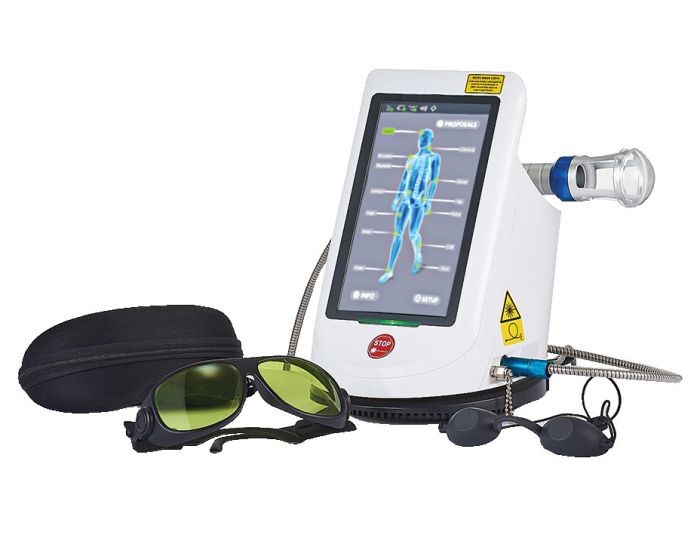
At your first visit to our Bend clinic, we’ll carefully assess your condition and customize a treatment plan to match your goals and lifestyle.
A typical session includes:
- Duration: 10–15 minutes per treatment.
- Sensation: Warm, relaxing light—never painful.
- Frequency: 2–3 times per week, with early improvements common.
- Comprehensive Care: Our chiropractors may recommend additional therapies—like adjustments or rehab exercises—for complete recovery support.
From start to finish, our team is here to guide your healing journey—whether you’re bouncing back from an injury or working to prevent its return.
Ready to Heal Stronger?
Don’t let pain keep you off the trails, slopes, or courts. With the Medray Quad Class IV Laser Therapy at Total Body Chiropractic, you can relieve discomfort, recover faster, and return to the activities you love—stronger than before.
Our mission is to help Bend’s active community thrive through safe, proven, and effective treatments. Laser therapy is an essential part of this holistic approach to lasting health and performance.
Don’t wait for your body to heal on its own. Make an appointment today and take the first step toward a faster, stronger recovery.

